In the expansive digital landscape, where countless websites compete for attention, the use of illustrations has emerged as a powerful tool to captivate and engage audiences. Far from mere decorative elements, illustrations serve as a vital medium for storytelling, infusing websites with personality, emotion, and depth. This article explores the transformative role of illustrations in web design, showcasing examples of best illustration websites that have masterfully harnessed this art form to elevate their narrative and connect with their viewers on a more intimate level.
 https://middle.finance/
https://middle.finance/The magic of using illustrations on websites.
Illustrations offer a unique blend of aesthetics and functionality, bringing complex ideas to life in an accessible and visually engaging manner. Through color, form, and composition, they can convey mood, tone, and brand identity, enriching the user’s experience and fostering a deeper connection with the content. Beyond their visual appeal, illustration website have the power to simplify intricate concepts, guide users through a digital journey, and create memorable interactions that resonate on a personal level.
 Creative illustrations for website
Creative illustrations for websiteUsing illustrations on websites can significantly increase engagement and improve various metrics. Here’s an overview of how illustrations can make a difference:
1. Enhanced visual appeal
Illustrations add a unique visual element that can make a website more attractive. Unlike stock photos, custom illustrations can be tailored to match the brand’s identity and message, creating a cohesive and visually appealing experience. This can lead to longer visit durations and lower bounce rates as users are more likely to stay and explore a visually engaging site.
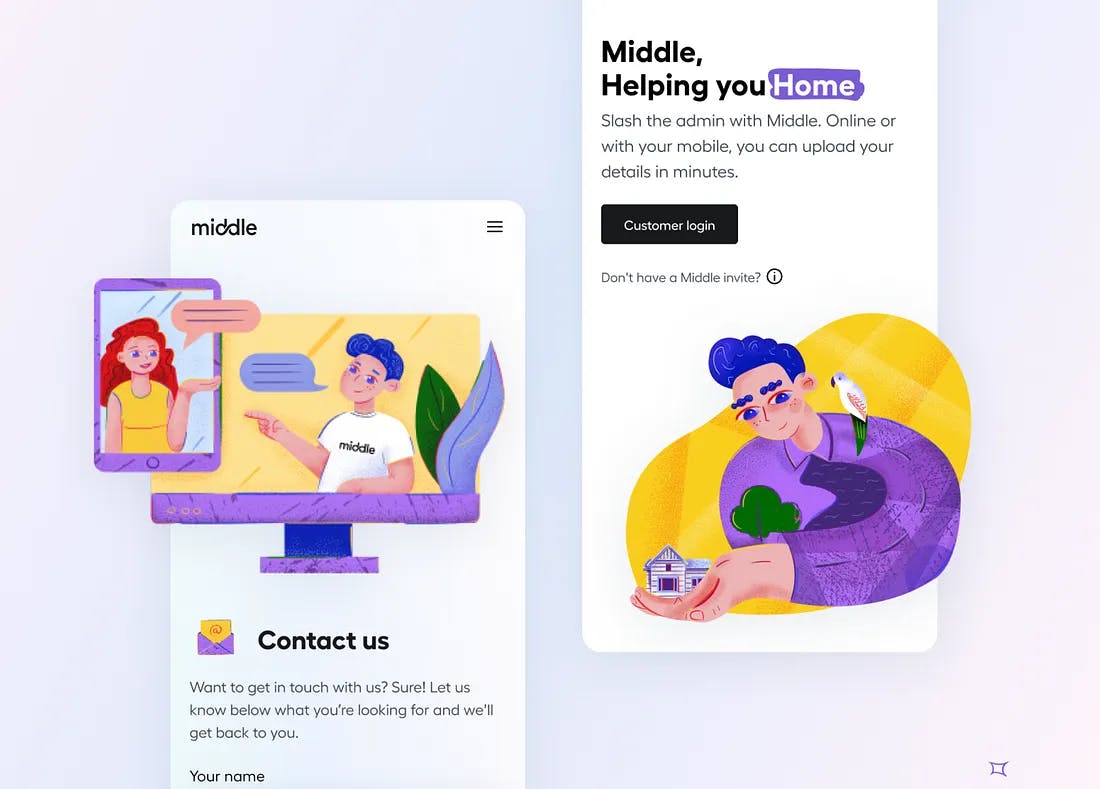 Website with illustrations
Website with illustrations2. Improved user experience
Websites with illustrations can simplify complex information, making it more digestible for users. Infographics, for example, can turn data-heavy content into an engaging visual story, helping users understand and retain information more easily. This improved user experience can lead to higher satisfaction and increased likelihood of return visits.
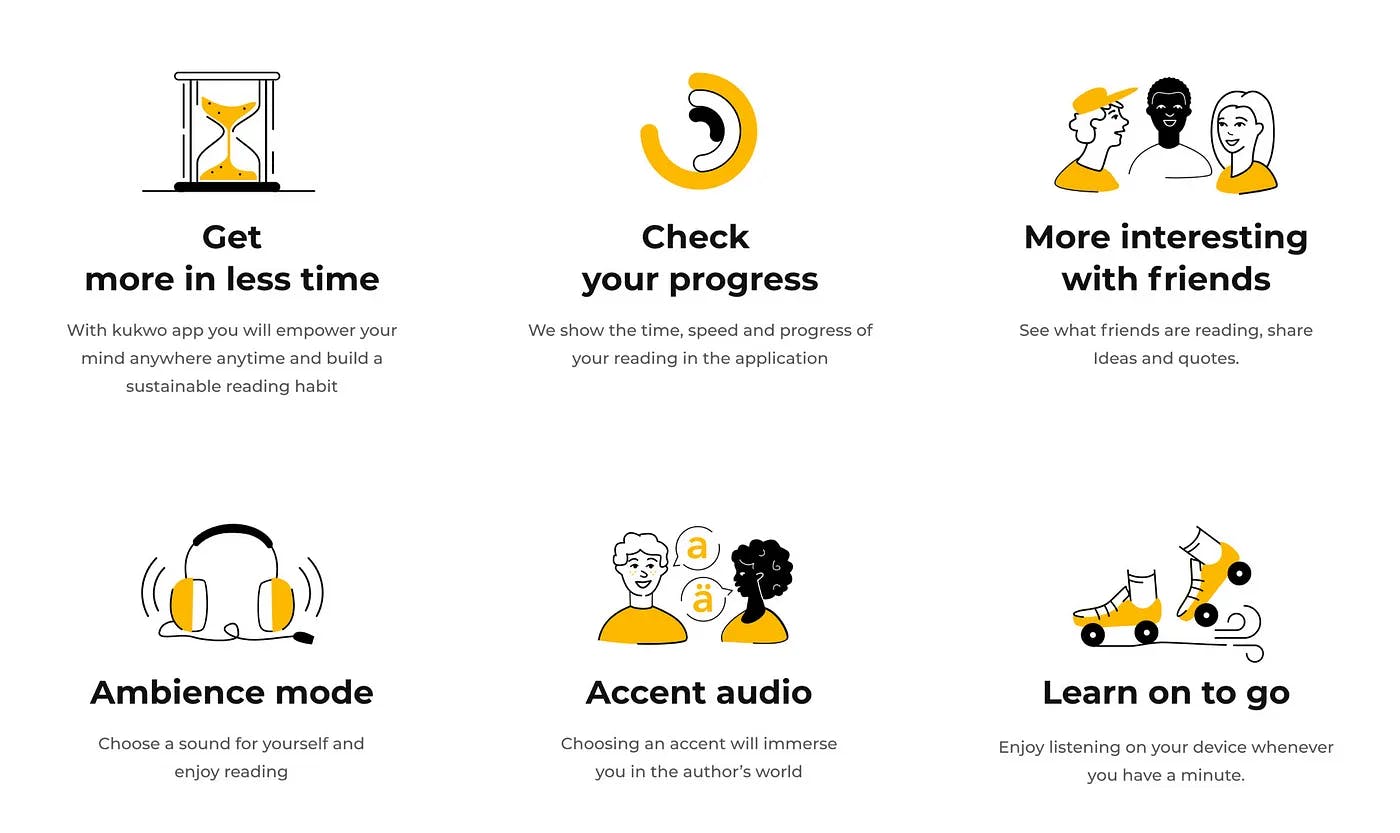 Illustrations on website for better user experience
Illustrations on website for better user experience3. Emotional connection with audience
Well-crafted illustrations can evoke emotions and create a connection between the website and its visitors. This emotional engagement can enhance the user’s overall experience, making them more likely to interact with the content, share it on social media, and convert into customers or subscribers.
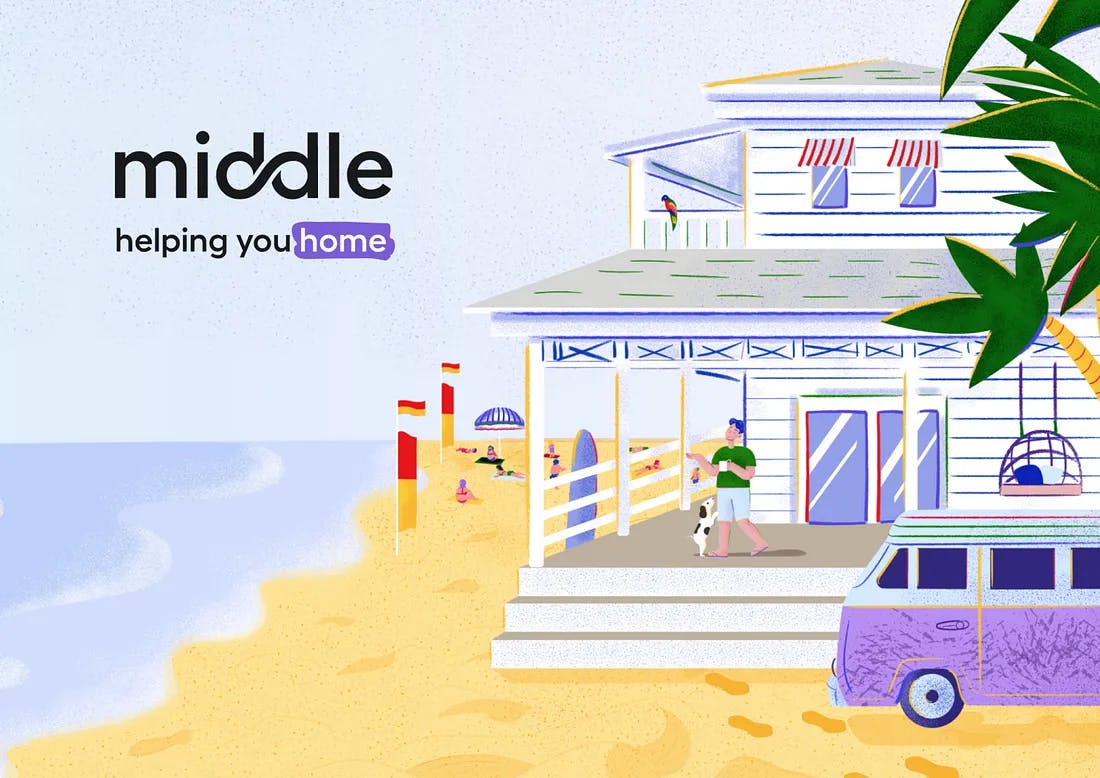 illustration design for website
illustration design for website4. Increased social sharing
Unique and visually appealing illustrations are more likely to be shared on social media platforms. When users find content visually interesting, they are more inclined to share it with their networks, increasing the website’s reach and driving more traffic.
5. Better brand recall
Custom illustrations that align with the brand’s identity help in creating a memorable experience. Users are more likely to remember and recognize a brand that uses distinctive visuals. This can lead to improved brand recall and loyalty.
6. Higher conversion rates
Illustrations can be strategically used to guide users through a website, directing their attention to key areas such as call-to-action buttons. By highlighting these elements effectively, illustrations can help improve conversion rates, whether the goal is to get users to sign up for a newsletter, make a purchase, or fill out a form.
7. SEO benefits
While illustrations themselves don’t directly impact SEO, they can enhance user engagement, which is a key factor in search engine rankings. Longer visit durations, lower bounce rates, and higher social sharing all contribute to improved SEO performance, helping the website rank higher in search engine results pages.
8. Accessibility
Illustrations can also be used to make a website more accessible. For instance, illustrations that include alternative text descriptions can help visually impaired users understand the content. This not only improves the user experience for all visitors but also ensures compliance with accessibility standards.
The best examples of illustrated websites.
1. The future of XR —interactive storytelling.
The future of XR is an interactive and fun storytelling experience that explores different angles of how our future can be changed with extended reality. From AR mirrors and wearing AR clothes to connecting with people in completely different ways and creating worlds from your imagination, XR offers endless possibilities. Through illustrations and animations, it tells an engaging story that captivates users more and more with each scroll.
You can find more information about this project in this article: Behind the scenes of creating an engaging storytelling website.
2. ITG.digital — illustration website and online builder.
ITG.digital stands as a prime example of how illustrations can be the heartbeat of a website. This platform, designed as a repository for digital illustrations, not only showcases the art form but also embodies it in every aspect of its design. The website uses animated illustrations to demystify its offerings, making the digital assets feel tangible and relatable. Through vivid and diverse illustrations, ITG.digital invites users into a world where creativity knows no bounds, encouraging exploration and discovery.
3. The Silly Bunny — illustrated website for children’s book.
The Silly Bunny’s website takes users on a whimsical adventure, where playful illustrations become the main characters of the story. This approach not only captivates the imagination but also creates a unique brand identity that stands out in the digital crowd. The use of animation brings the illustrations to life, adding a layer of interactivity that enhances the narrative and engages users in a dynamic, immersive experience.
You can read more about this website in this Case study.
4. Middle Finance — fintech website.
Middle Finance tackles the often daunting world of mortgages with a friendly and approachable demeanor, thanks to its clever use of illustrations. These website with illustrations serve to demystify financial concepts, making them more accessible and less intimidating for users. By personifying the mortgage process through engaging visual narratives, Middle Finance breaks down barriers and fosters a sense of trust and ease, inviting users to explore their services without apprehension.
You can read more about this website in this Case study.
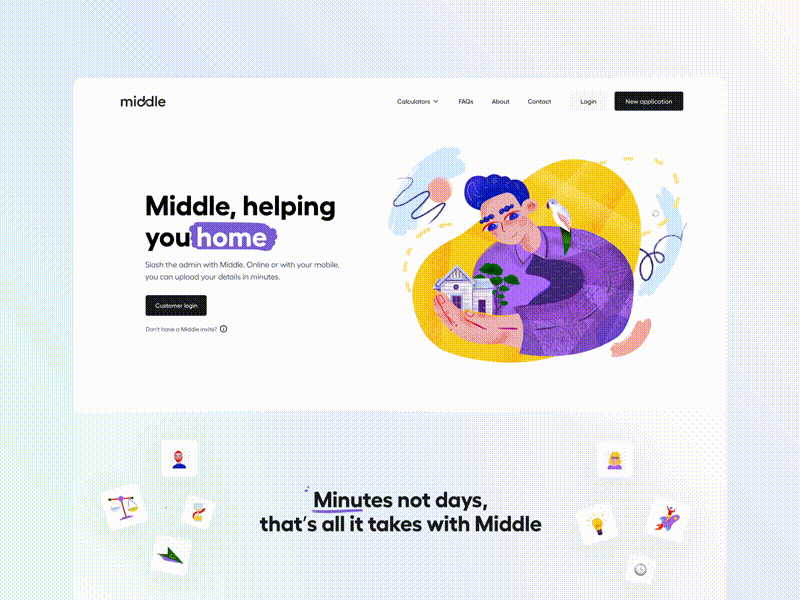 website with craft illustrations
website with craft illustrations5. Illustrated promo website for AI-powered product.
This website leverages illustrations to humanize and simplify AI technology, presenting it as a friendly and accessible tool. The visual narrative helps dispel myths and fears about AI, showcasing its benefits in a light-hearted and positive manner.
 Dynamic illustrations on website
Dynamic illustrations on website6. Kukwo website with illustrations — promoting an app that allows users to get the core points of non-fiction books on the go.
Custom illustrations and animations on this website make it easy to understand the core features and benefits of the app.
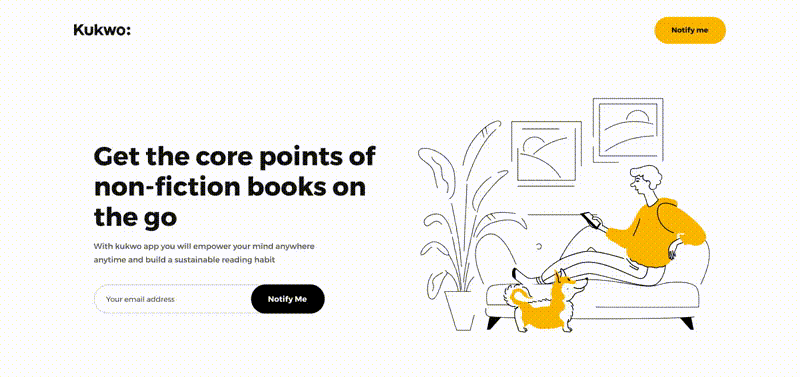 Storytelling with illustrations
Storytelling with illustrations7. Joint Base — an illustrated venture website.
Simple illustrations on this website play a big role in visually supporting information, making the brand closer to the audience.
Conclusion — the role of illustrations for website.
Illustrations for websites play a very important ro e. Illustrations in web design go beyond mere decoration; they are a powerful storytelling tool that can evoke emotion, convey messages, and create a memorable brand identity. The websites highlighted above exemplify the diverse ways in which illustrations can enhance the digital experience, making complex concepts more understandable, engaging users on a deeper level, and transforming the web into a canvas for creativity.
Here you can find more examples of craft storytelling websites:
- Noomo Labs - A highly interactive 3D website with outstanding quality of 3d rendering and animations.
- The Silly Bunny — A highly immersive and interactive website for children’s book, with AR experiences and 3D animations. (You can find more details in our Case Study and do not forget read our article How to create an immersive website with AR and 3D.)
- ITG Digital — a craft and creative website for SaaS product.
- Middle — a fintech website for a game-changing digital platform for the mortgage industry in Australia. (You can find more details in our Case Study)
- OrCad — an enterprise website design built with Webflow. (You can find more details about design process in this article How to effectively implement 3D animation on a website and, of course check our Case Study)
- Design director portfolio website (You can find more details about design process in this article Beyond Pixels and Code: Crafting your unique story trough creative website design.
- Cathey & Miles attorneys website - Craft website design for a law firm.
- Learn more about Increasing User Engagement with 3D, AR, and Immersive Web Experiences.
- Elevate marketing and sales by using immersive web experiences.
- How 3D configurators help brands increase engagement and improve user experience.










